Manuka Essential Oil
$5.29 – $606.86Price range: $5.29 through $606.86 (Incl. GST)
Botanical Name: Leptospermum scoparium
Plant Part: Leaves and seeds
Extraction Method: Steam Distilled
Origin: New Zealand
Description: Manuka is one of three tea trees indigenous to both Australia and New Zealand. Manuka essential oil from The East Cape region of New Zealand has been confirmed as having the highest antimicrobial activity. There is evidence indicating that it is up to 20 times more potent than Australian tea tree oil (Melaleuca alternifolia).
Colour: Clear with a Light yellow tone
Common Uses: The properties are very similar to that of Tea Tree. These include antibacterial, antifungal, anti-acne, anti-inflammatory, antihistamine, and antiallergenic properties. It has practical applications on chicken pox, cold sores, insect bites and warts.
Note: Top to Middle
Strength of Aroma: Medium
Blends well with: Much like Tea Tree essential oil, Manuka oil blends well with Lavandin, Lavender, Clary-sage, Rosemary, Oak moss, Pine, Cananga, Geranium, Marjoram and spice oils; particularly clove and nutmeg.
Aromatic Scent: Manuka essential oil has a woodsy, cedar like smell that is much warmer than Tea tree.
History: Manuka has long been valued for its healing properties by the Maori people – the indigenous people of Aotearoa (New Zealand ) . Infusions and poultices were made from the leaves and inner bark and the seed capsules and sap were chewed. Early European migrants produced a tea from Manuka leaves for refreshment and health. The Manuka tree also produces a nectar that the bees turn into a rich amber honey. This is also known for its curative properties.
Do not apply to skin undiluted.
Avoid use during pregnancy.
All our essential oils are intended for external use only.
| Weight | N/A |
|---|---|
| Sizes | MANUKA – 100ml, MANUKA – 10ml, MANUKA – 1kg, MANUKA – 25ml, MANUKA – 2ml TESTER, MANUKA – 500g, MANUKA – 50ml |
Only logged in customers who have purchased this product may leave a review.
Related products
-
20mm Lid – (Shiny Gold or Shiny Silver)
$0.81 – $0.95Price range: $0.81 through $0.95 (Incl. GST) Select options

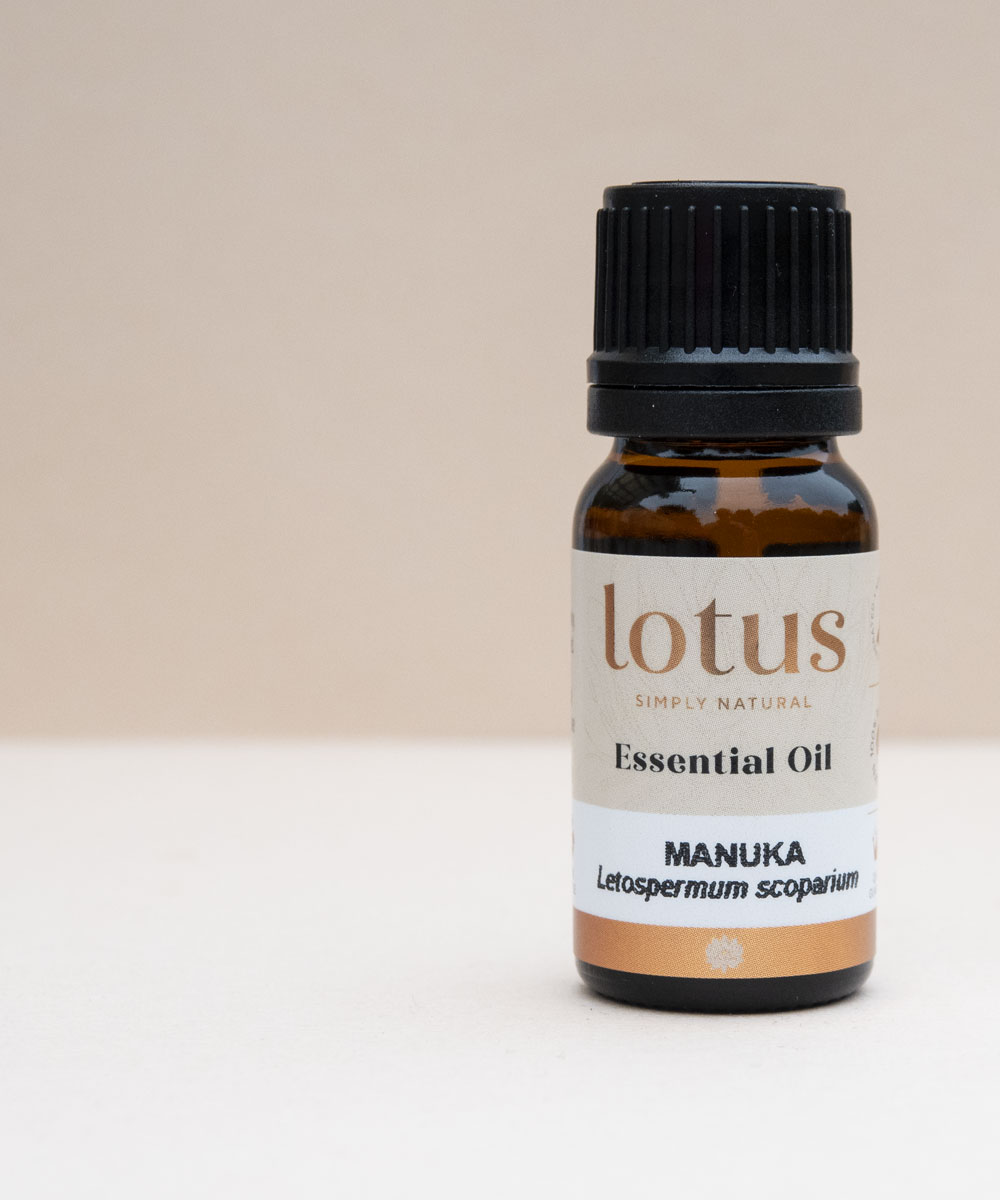

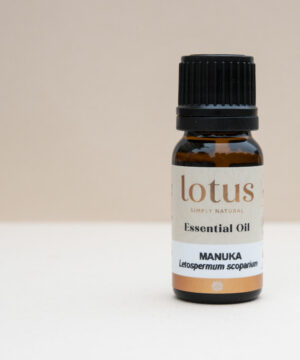
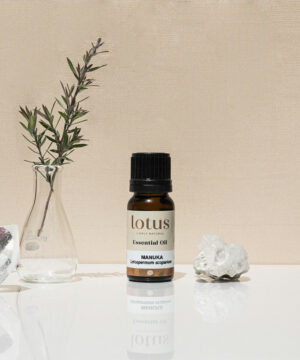
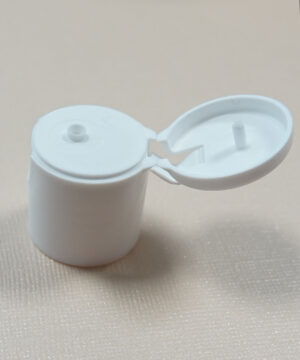

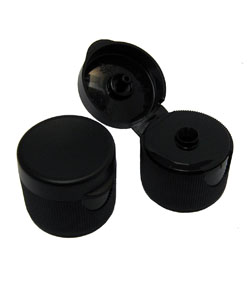
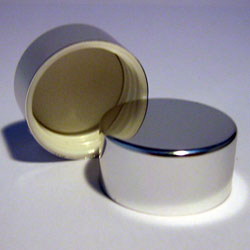
Reviews
There are no reviews yet.